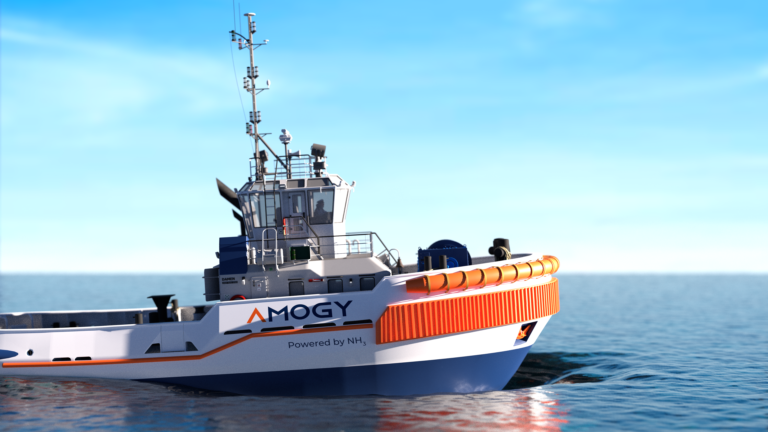Japanese engineers have undertaken a bold new initiative to introduce ‘floating’ trains, in a bid to make rail transport in Japan even more efficient. While the project remains in its infancy, requiring a colossal amount of funding and would be completed by 2027 at the earliest, ‘floating’ trains mark an exciting development for rail transport.The Central Japan Railway Company, or JR Tokai for short, unveiled the prototype, Series L0, for the ‘maglev’ train, which could potentially hit speeds of 311 miles per hour. So, how does it work? Maglev is the abbreviation for magnetic levitation, which creates the frictionless rails, rather floating on a sort of cushion of electromagnetism. The system removes any need for wheels or axels.
There have been previous tests of maglev trains in Japan, going back as far as 2005. Meanwhile, in Europe, Germany’s Emsland Test Facility has run tests with the maglev train, Transrapid. JR Tokai’s newest designs are a radical step up for the technology.
One train could potentially carry up to 1,000 passengers and, if ever fully realized could change commuting forever. For example, engineers behind the project estimate that a journey between Tokyo to Nagoya would take 40 minutes with a maglev train. This journey is some 200 miles and generally takes 90 minutes in a bullet train.
However, maglev trains are ludicrously expensive to fund, and technically challenging and time consuming to build. Some reports tally the cost at an utterly staggering $112 billion, and with a cost in that region, it’s difficult to see maglev trains at the platform by the optimistic 2027.







